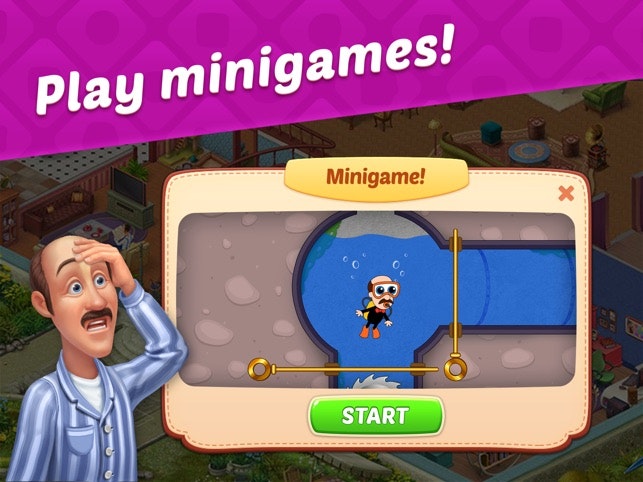
To help protect the user’s information from prying eyes, this process takes place over an encrypted channel using TLS/SSL-the same protocol that Web browsers use when connecting to Websites whose URLs begin with “ From the developer’s perspective, this entire process is completely opaque. The device, in turn, usually asks users for their iTunes login and proceeds to complete the transaction, at which point it notifies the app that the latter has taken place.īehind the scenes, iOS connects to Apple’s servers to perform two tasks: First, it validates a username and password, and then it asks for the user’s iTunes accounts to be charged based on the details of the IAP that the developer has registered when they submitted the app.


Later, upon the user’s requests, the app asks iOS to complete the purchase. Without going into needless technical details, IAPs are relatively easy to use from a developer’s perspective: Before submitting an app to Apple, the developer simply registers whatever products an app sells (e.g.: “Buy 1,000 coins for $0.99”).

Given how many apps have adopted a business model that relies on a very low initial download price-often free-to then charge customers as they use the app, IAPs have become a very important tool for app makers. In-app purchases-IAPs for short-are a mechanism that allows an app to charge a user’s iTunes account in exchange for digital goods and services: It’s what makes it possible for so many games to let their customers purchase some sort of app-specific currency like coins, or subscriptions to a service.


 0 kommentar(er)
0 kommentar(er)
